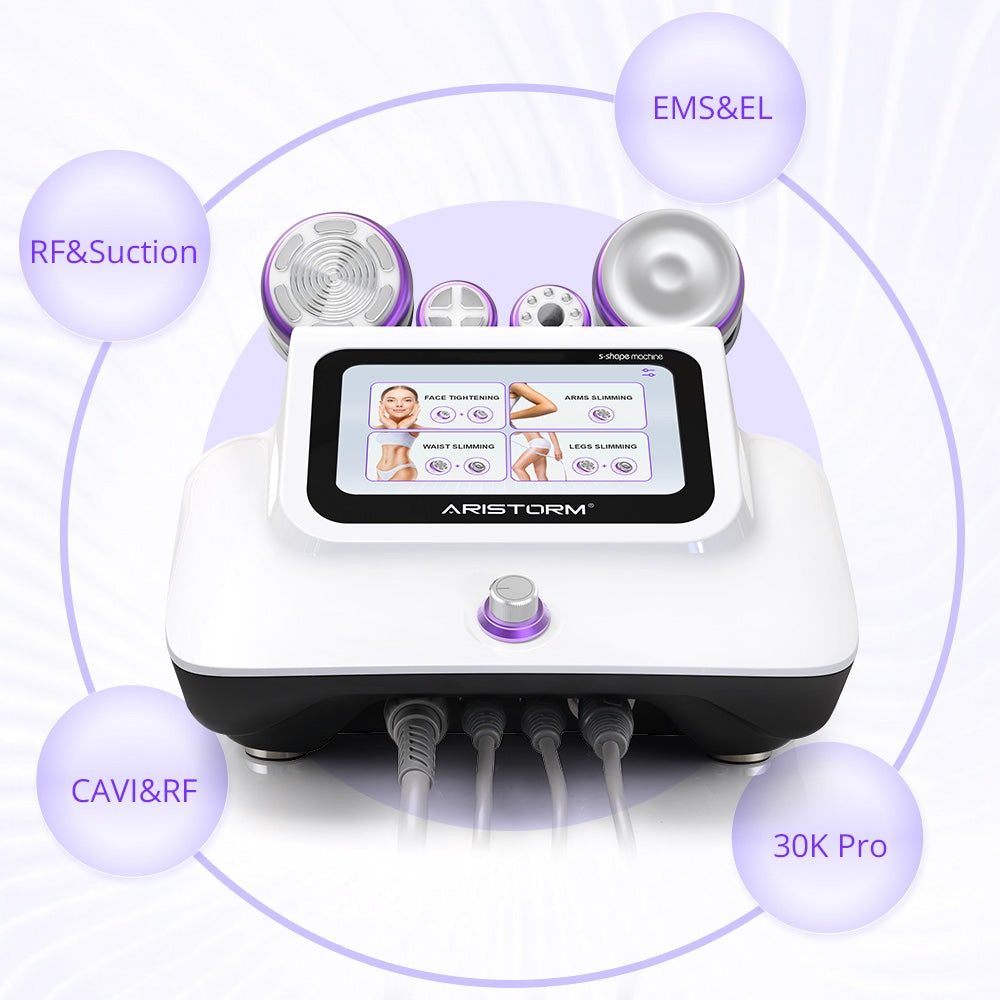Different Types of Cupping: Vacuum Cupping vs. Traditional Cupping
Introduction
Cupping therapy has been used for ages as a traditional way to heal, and it has changed over time to include different methods. Two common types of cupping treatment are vacuum cupping and traditional cupping. These methods are different in how they are used and what tools such as breast vacuum machine they use. Each one has its own benefits.
Traditional Cupping:
In traditional cupping, rounded glass or plastic cups are used. When these cups are heated, usually by putting a flame inside, they form a vacuum when placed on the skin. As the air inside the cup cools, it forms suction, which pulls the skin and tissue under it into the cup. This method is known for its ability to improve blood flow and ease muscle tension.
Vacuum Cupping:
In comparison, vacuum cupping is done with special equipment, which is often called a "breast vacuum machine." This device is made to make a controlled vacuum by changing the pressure levels. Unlike traditional cupping, vacuum cupping doesn't require heat to create pressure. Instead, it uses mechanical means to make the desired negative pressure.
Most of the time, people choose between these two ways of cupping based on their own preferences and their therapeutic goals. One of the benefits of vacuum cupping is that you can control the pressure very precisely, which makes it good for sensitive areas and different skin types. It also lets you take a gentle but effective approach, which makes it a popular choice in modern aesthetics and health practices.
Traditional cupping, on the other hand, is still popular among people who like its traditional roots and the soothing warmth it offers. It is thought to help get rid of toxins and improve the flow of important energy in the body.
Conclusion
Both vacuum cupping and traditional cupping have their own special qualities and benefits. The breast vacuum machine probably refers to the equipment used in vacuum cupping, which shows how well-suited it is for specific uses. In the end, the choice between these two methods of cupping relies on the person's preferences and the specific therapeutic goals they want to achieve.



Leave a comment